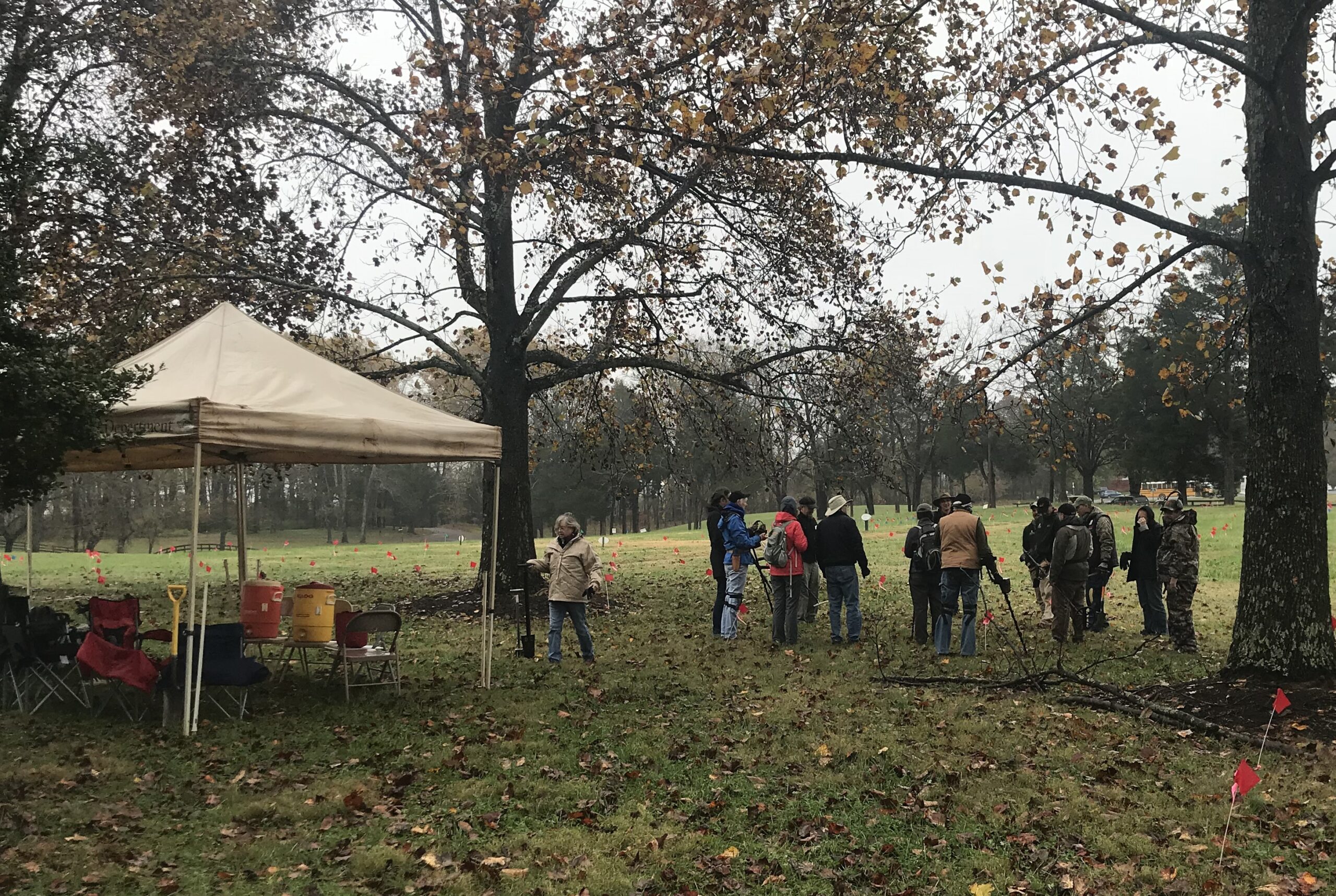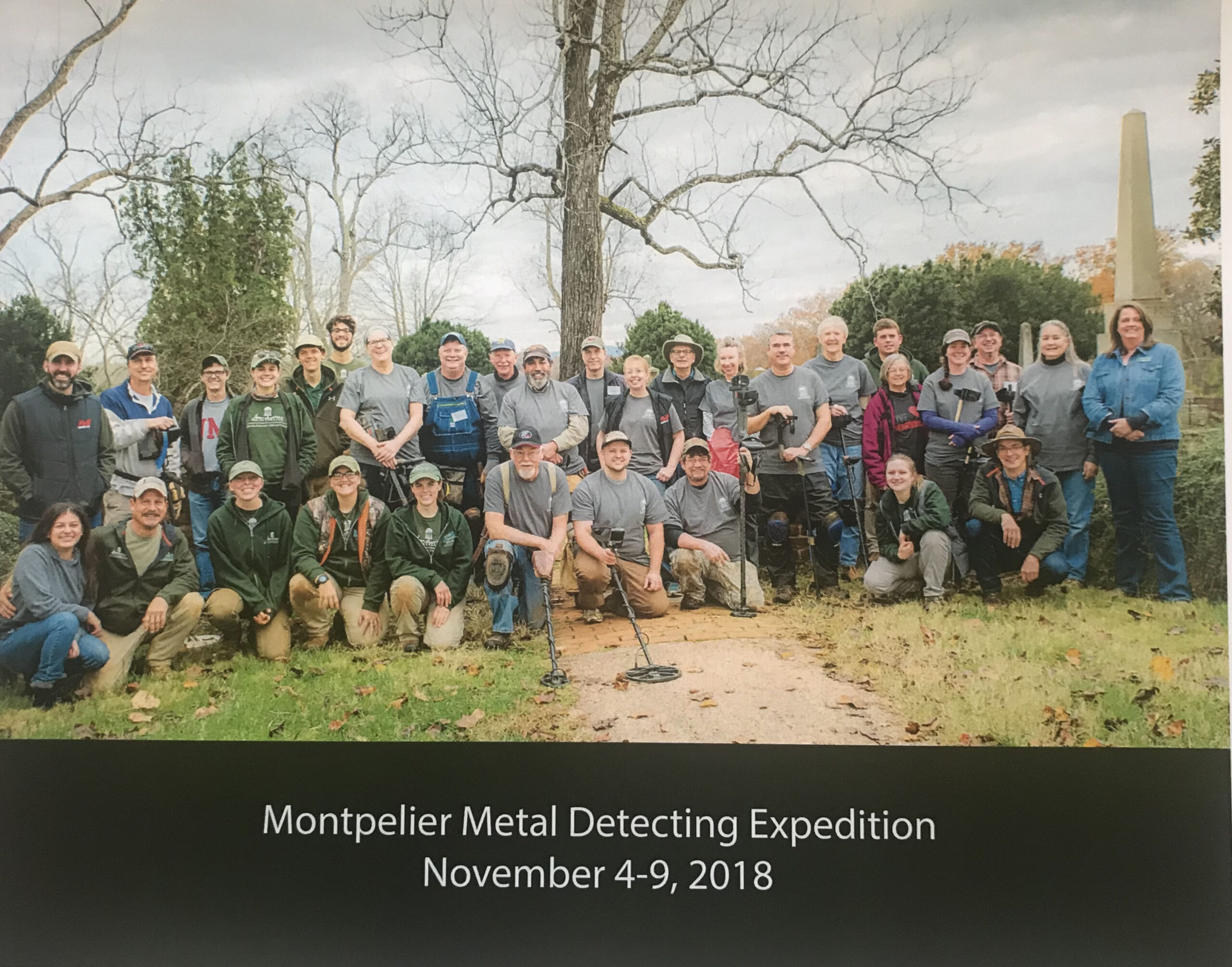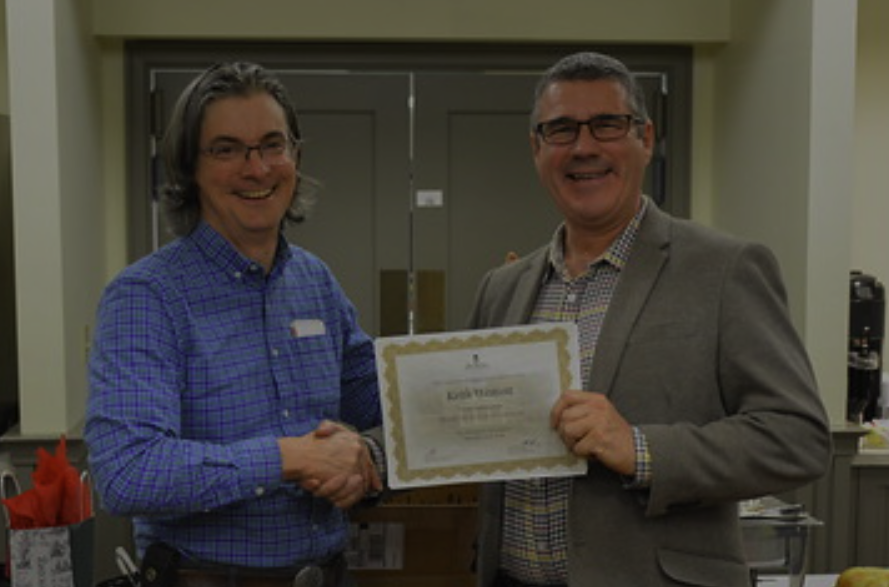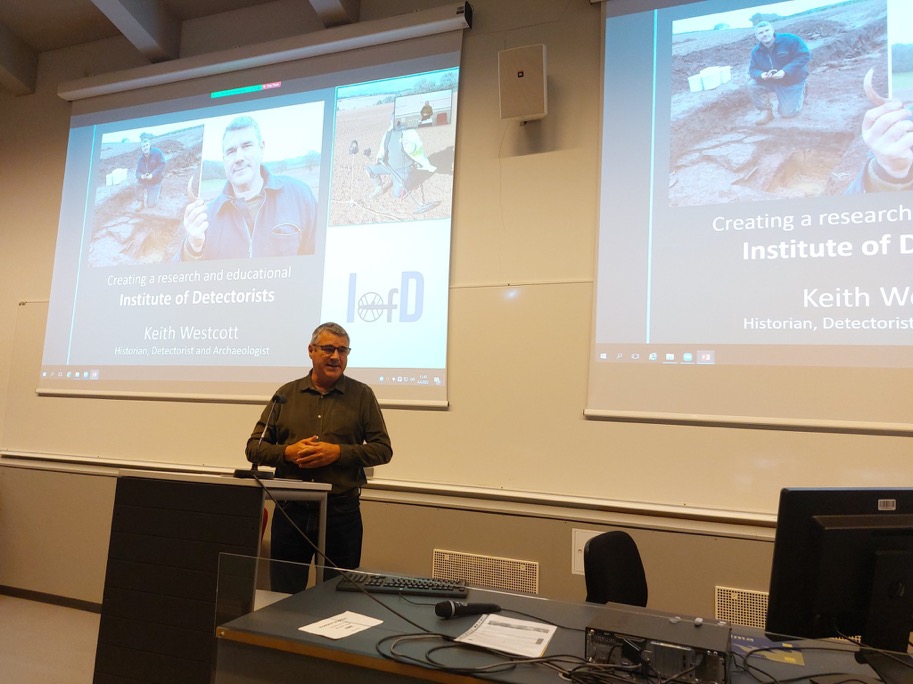Worldwide Members
Join the DIF as a Worldwide Member and help reinvest charitable funds back into your country to support detectorist causes.
Join us in our efforts to establish a standardised approach to integrating detectorists into archaeological projects through the SPIA Survey. We aim to combine metal detecting with fieldwalking, and your participation can contribute to the development of methodologies, standards, education, and guidance. Together, we have the potential to create practices that can be adopted worldwide.
The United Kingdom’s laws on metal detecting vary widely, with England and Wales adopting a liberal approach, Scotland enforcing stricter policies, and Northern Ireland maintaining a more restrictive stance. This diversity is mirrored globally.
What unites us all is the recognition of metal detectors as valuable archaeological tools, particularly when used by experienced practitioners educated in archaeological principles and values. Despite this potential, they remain an underutilised resource.
Building bridges between detectorists and archaeologists is of importance across the world, and many countries today are supporting this aim, through extolling the benefits of citizen science.
The DIF has actively engaged in meetings, conferences, and archaeological projects in Europe and the USA, advocating for detectorists who prioritise archaeological principles to integrate into archaeological teams.
From participating in detecting surveys on the James Madison Estate, the 4th US President and Father of the Constitution, to presenting alongside representatives from Finland, Norway, Denmark, Belgium, Iceland, Sweden, and Estonia, the DIF aims to expand its global presence.
Join us in leading a worldwide campaign, championing detectorists as valuable members of archaeological teams
Join as Worldwide Member
2023: 29th European Association of Archaeology Annual Meeting.
With our systematic approach detailed in this years Chartered Institute for Archaeologists, Professional archaeology guide for clients, the DIF survey is recognised under Managing archaeology: evaluation techniques that reduce uncertainty. To further advance our objectives, Europe’s largest gathering of archaeologists provided the DIF an opportunity to present a paper as part of their Scientific Programme.
The Annual Meeting themes, included the multidimensionality of archaeological practice, including archaeological interpretation, heritage management and politics of the past and present.
DIF Abstract:
The metal detector, particularly when spatially plotting finds as dating evidence in combination with geophysical surveys, is an effective
archaeological tool. Introducing SPIA: Systematic, Partial and Intensive Artefact Survey – Our award-winning course held at the University of Oxford is designed to create a new Practitioner level of detectorist, a competent assistant to archaeologists capable of field walking whilst detecting, interested in all material artefacts. Hobbyists too, can adopt our conservational best practice approach and engage with local community archaeologists and history societies.
Detectorists have a great potential in becoming citizen scientists… our mission is to provide the opportunity.
2022: University of Helsinki – From Treasure Hunters to Citizen Scientists
Here, we were invited with representatives from many other countries across to Helsinki, where we gave a talk:
The DIF – Creating a research and educational Institute of Detectorists.
Metal-detecting Archaeological Heritage in the Nordic Region Workshop Series.
The overall message across the two-day event was very positive and based on the initial theme:
Metal-detecting and its relationship to archaeological heritage is a complex theme.
On the one hand, illicit or irresponsible detecting poses a severe threat to the archaeological heritage, resulting in the undocumented plundering of archaeological sites, as well as the loss of important contextual information for finds; many of these are retrieved only to be included in closed private collections or to be traded on the international antiquities market.
On the other hand, responsible and responsive detecting leads to the identification and understanding of important archaeological finds and sites, which otherwise are in danger of damage or irreversible destruction by modern industrial farming machinery and chemicals used on the land, or through natural erosion.
2019: Meeting at Customs House, Dublin with the National Monuments Service & the National Museum of Ireland.
The meeting was opened by Michael MacDonagh, who as Chief Archaeologist welcomed attendees to the Custom House alongside National Museum of Ireland Keeper of Antiquities MS with other colleagues attending.
KW presented on behalf of the UK Institute of Detectorists, established by his team to ensure education of metal detectorists in the UK, and ensure cooperation between metal detection and archaeology.
A presentation followed by Danish metal-detectorists Arne Hertz who explained that Danish excavation and conservation are resourced by either national or local museum, following metal detection discoveries and acquisition. The presentation concluded by highlighting the benefits of cooperation between archaeologists and detectorists under the Danish heritage system.
NMS and NMI reiterated that they did see a real potential for including metal detection on licensed excavations and a role for technically proficient detectorists to play, aligning themselves with the archaeological profession to carry out their practice for the good of archaeological heritage and not to its detriment.
2018: James Madison’s Montpelier, Founding Father and fourth president of the United States James Madison.

THE MONTPELIER METAL DETECTOR PROGRAM
The DIF are extremely grateful to Matthew Reeves, Director of Archaeology and Landscape Restoration (photographed here with Keith Westcott), and the team at The Montpelier Foundation, Virginia USA.

Montpelier Metal-Detecting Expedition:
Metal detector technology is a critical component for our discovery and understanding of the sites on the 2700-acre property.
Since we began intensively using metal detectors for archaeological survey on the property (2008), we have located more than three dozen 19th century sites.
Our goal in this program is to give metal detector enthusiasts the opportunity to see how archaeologists can use metal detectors in the discovery and analysis of archaeological sites.
The importance of metal detectors as an archaeological tool has been long established, but the importance of archaeologists working with metal detector enthusiasts is one we would like to develop more thoroughly.
Participants will learn how to plot sites on the landscape and how to analyze patterns discovered through metal detector surveys.
Artifact Groups. We will also familiarize you with other artifact groups, most obviously including the myriad iron objects recovered during metal detector survey, but also those artifact types that archaeologists place additional significance to site interpretation (e.g. sherds of ceramics).
We will also teach participants how we conserve and document these artifacts once they are removed from the ground.
